There has been several Viking ships found in Denmark – but there is only one ship which has been found as a grave site. The Viking ship at Ladby was a ship belonging to a rich local nobel man who was somewhere between a major lord and a local king. When he died he was buried in one of his old ships and was given many gifts in his grave. The ship was covered by a mount of turf grass and left there for posterity. The grave was undisturbed for a millennium until an interest archeologist started looking at the old mount.

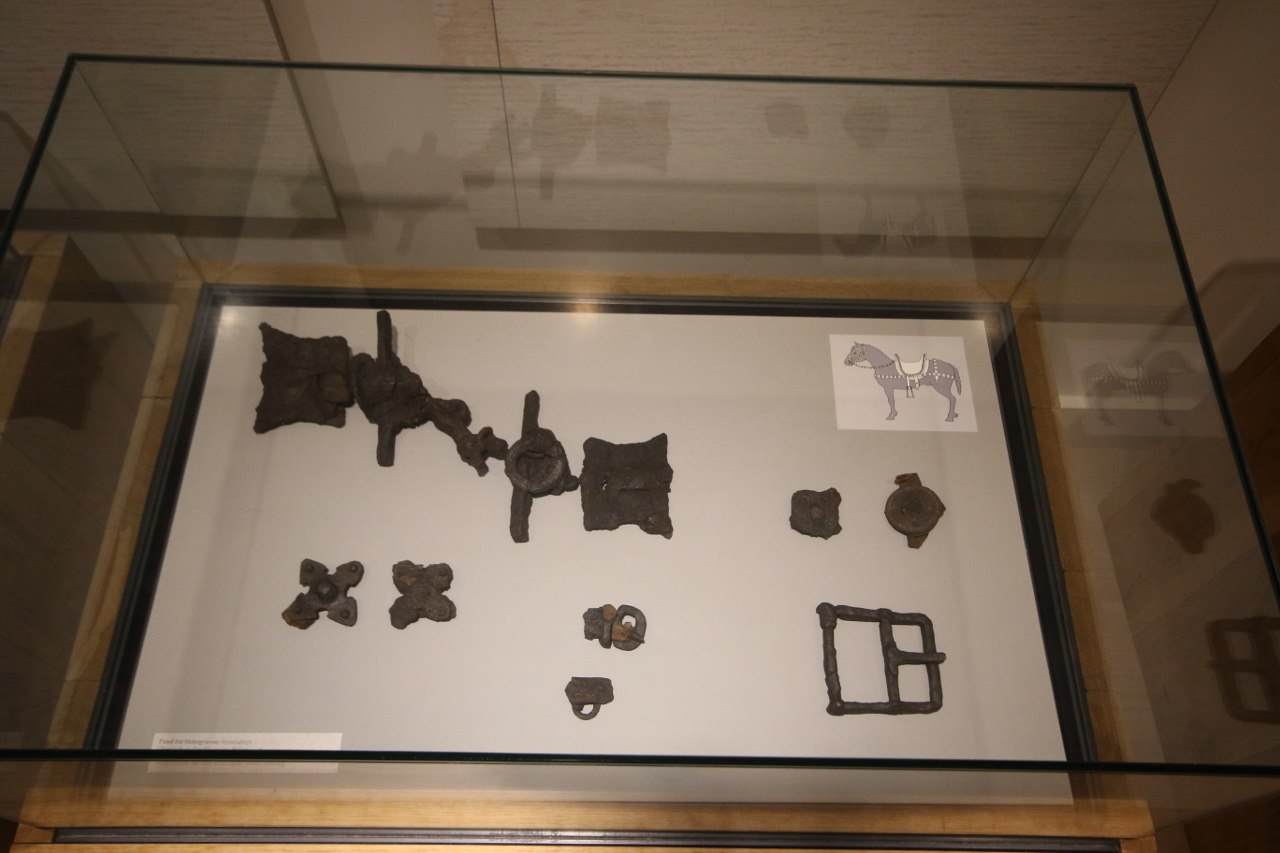
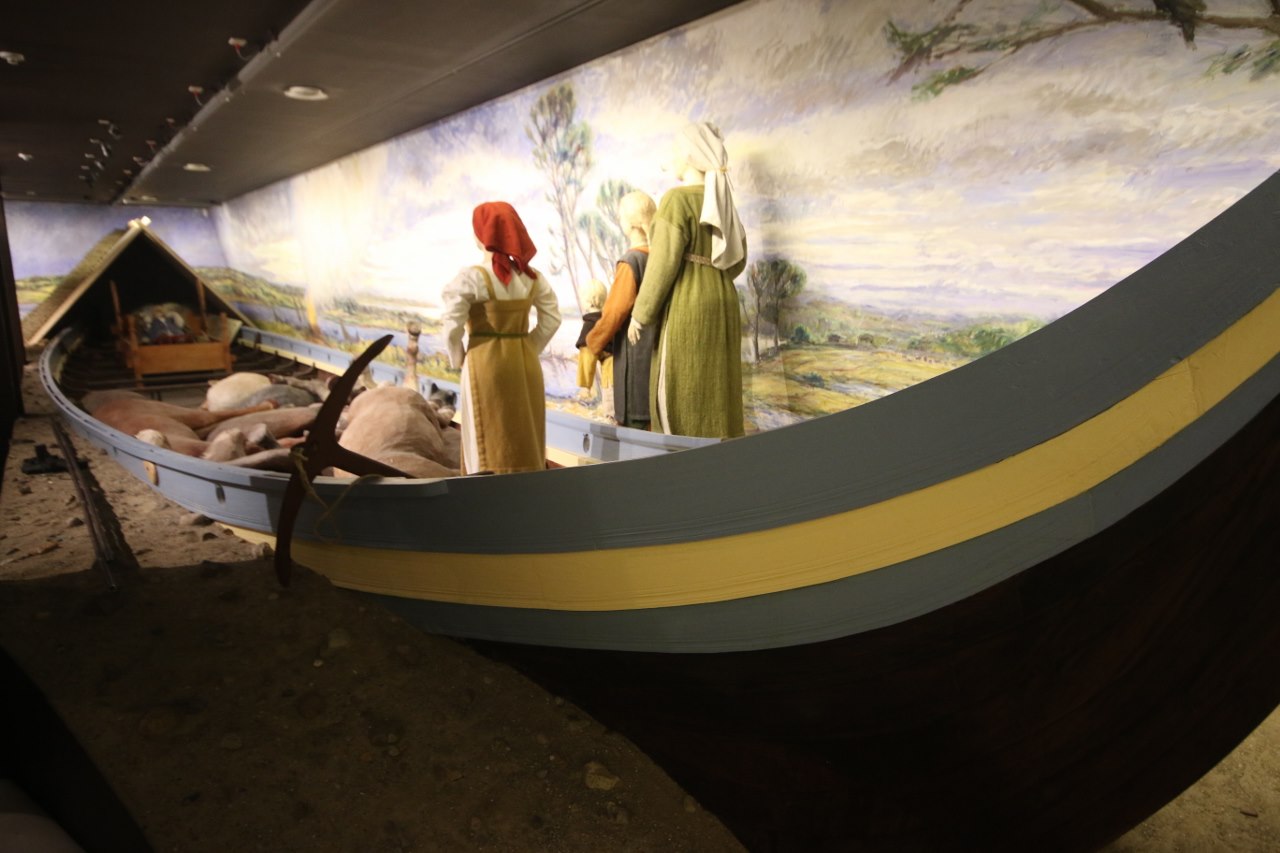

It was discovered a ship was hiding under the grass and it was decided to investigate further – and the ships was rediscovered. Now they needed to make sure the ancient wood could survive and not just disintegrate completely. This took a long time but in the end it was decided to build a museum at the location of the Viking ship. The museum tells something about the history of the Viking era and you can go and visit to get a little knowledge of these important traders which dominated the North Atlantic Ocean a millennium ago and made it to North America almost 500 years before Columbus made it across the ocean.

The museum is fairly interesting if you want to learn more of the Viking history – but it isn’t the best museum of Vikings you will be able to find.
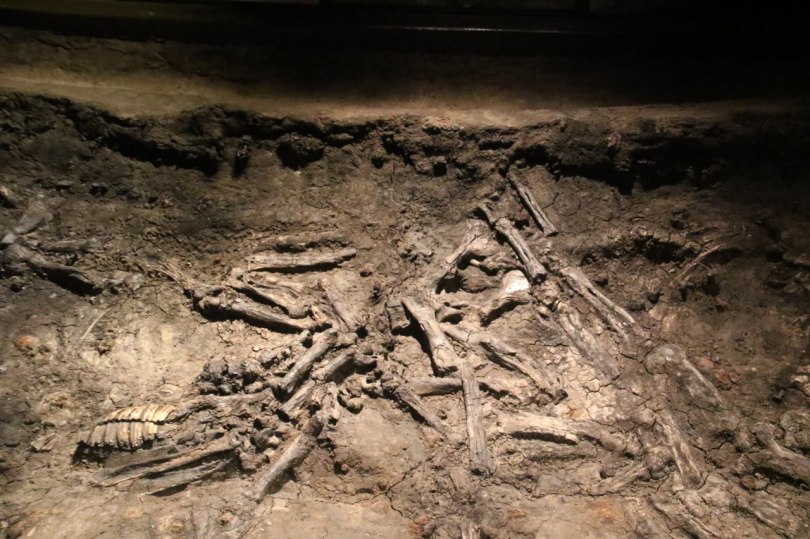
The main attraction is naturally the ship. The ship has actually never been moved from the burial mount – instead they have made sure the area is not flooded anymore and the wood has been preserved so it can stay here inside the burial mount. This Viking ship is actually the only Viking ship which is still at the location the Vikings left it a millennium ago – all other Viking ships you can go and visit in Denmark or Norway have been moved from where they were found to the Viking Ship museum in Roskilde or the museum in Oslo.
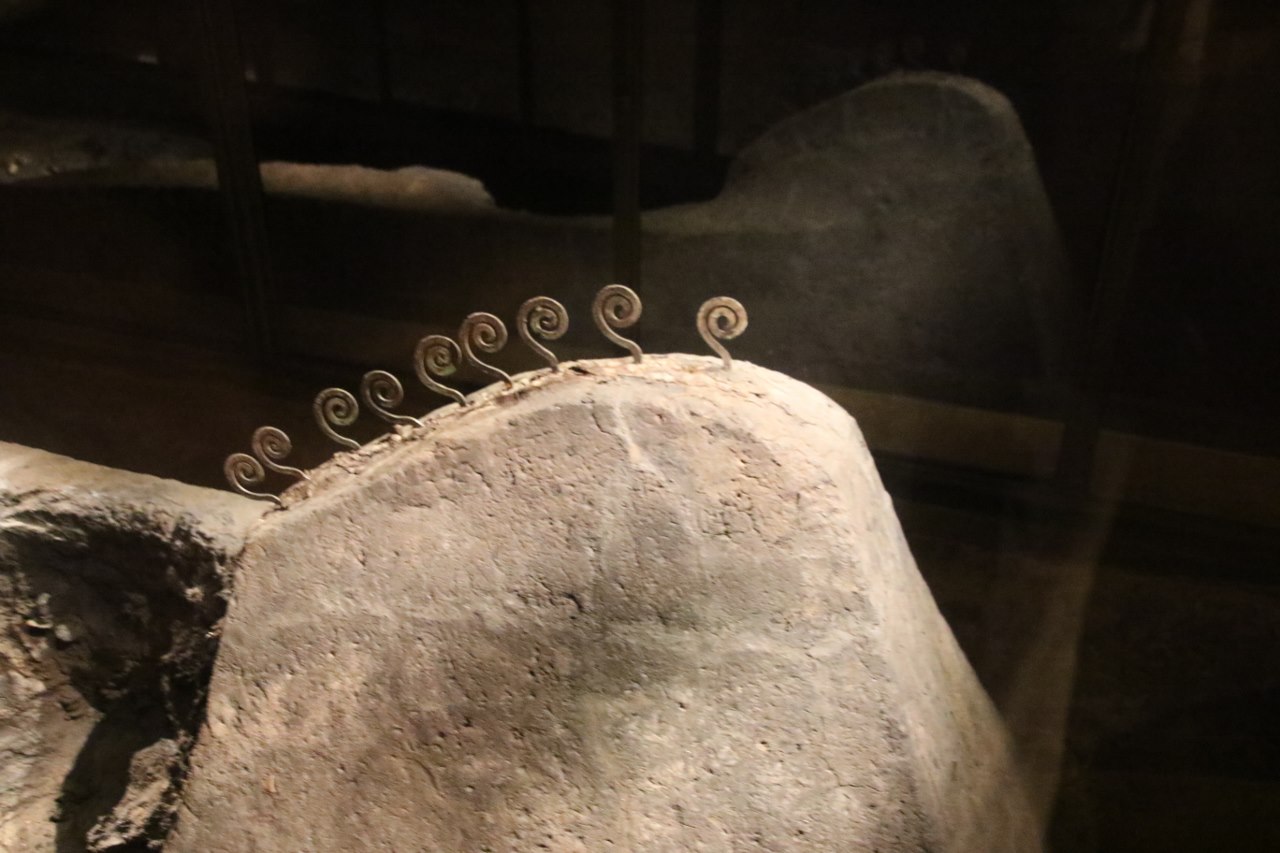
The visit to the mount is interesting – it is quite dark inside and a bit chilly which gives the whole scene a special mood when you go and have a look. You can even see some of the bones from the horses which were sacrificed at the burial of the old lord.
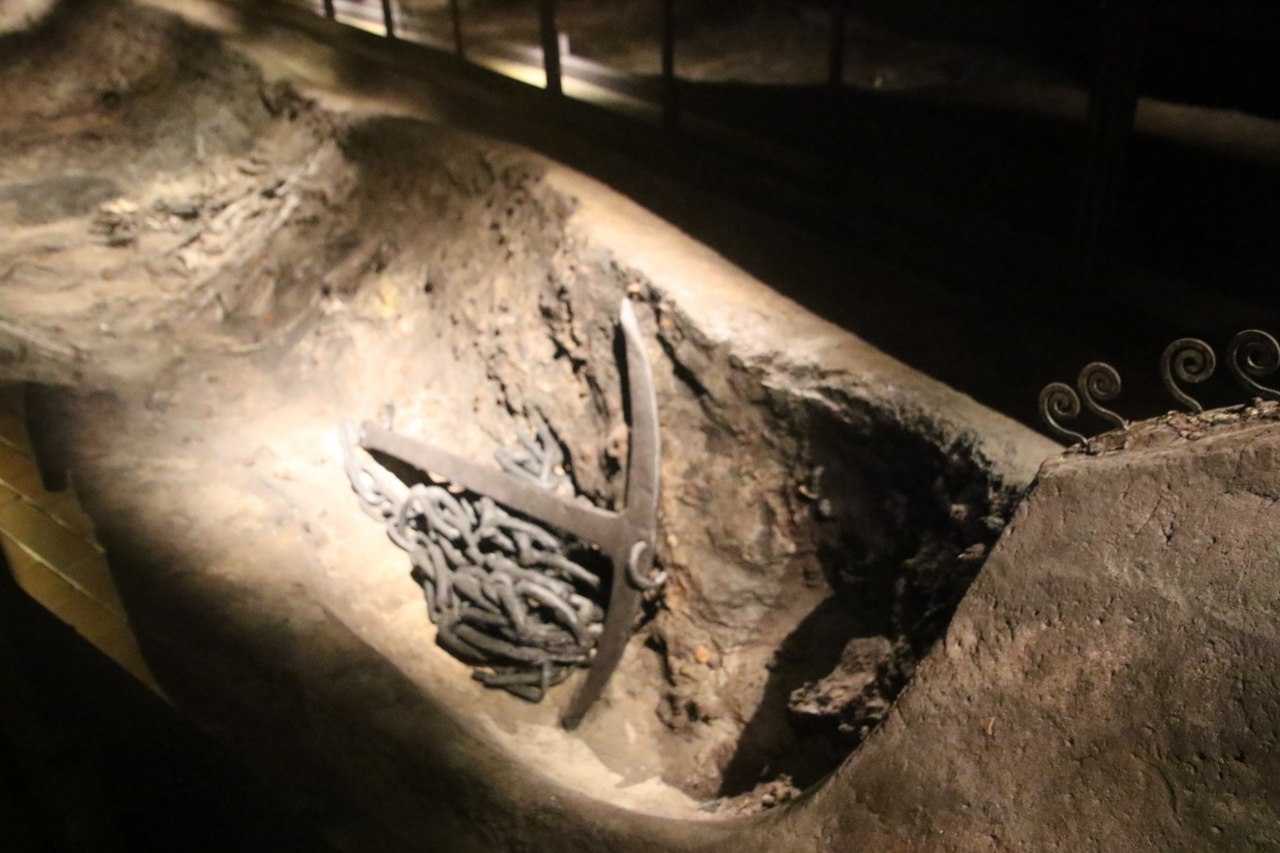

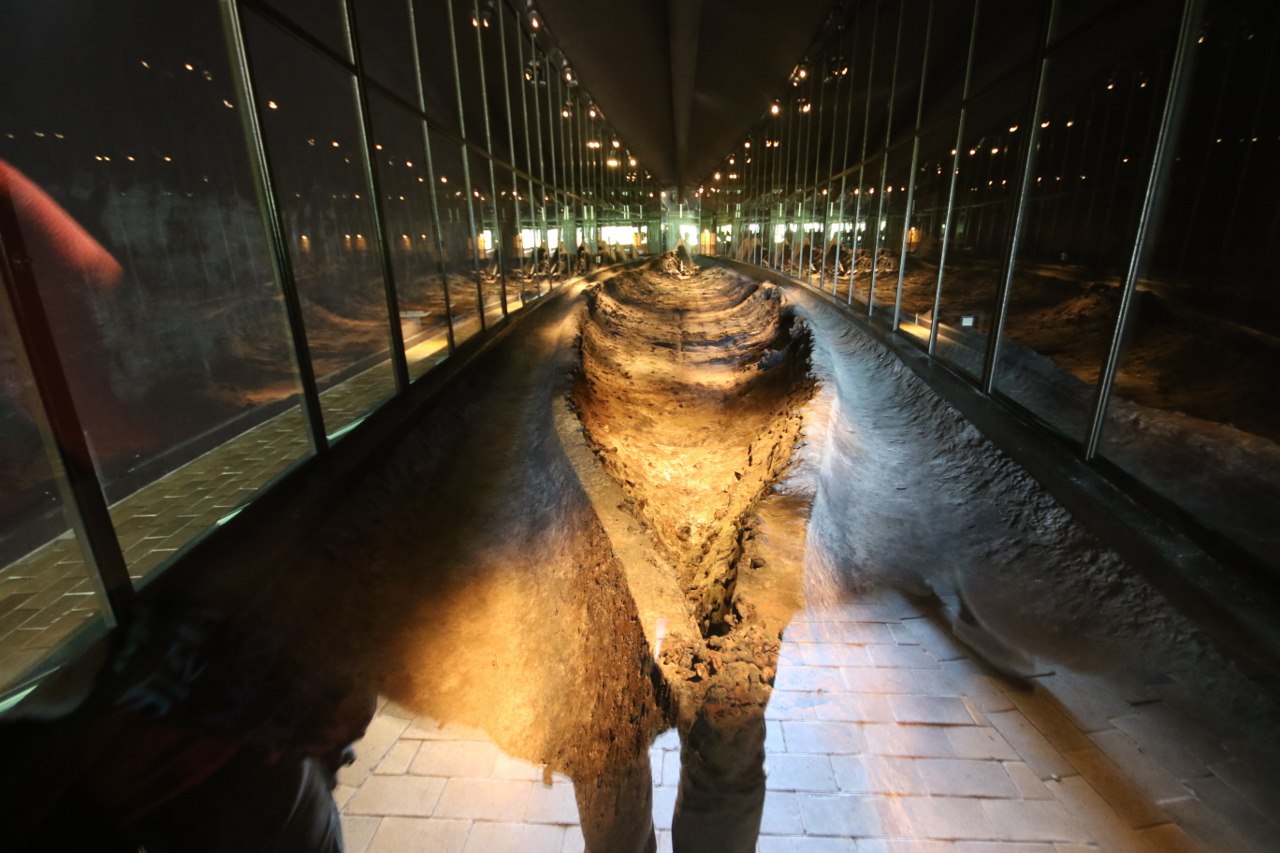
On the right side of the ship you can see an old ore – this was used to steer the ship. This was called the guiding ore – or styreåren. Styreåren were always placed on the right side of the ship. The word styre is still found in the Danish and English maritime language today. In Danish it is called styrbord and in English styr has been translated into starboard side. And it indicates the right side of the ship.

When you have been inside the mount you can go out and down to the water – down there is a recreation of the old ship to give you an idea of what it used to look like a millennium ago. It is actually a merchant vessel and not a war ship – the difference is the merchant vessel is broader and shorter compared to the war ships. The merchant vessels had a limited crew and they needed to use the sail for propulsion. On the other hand the warship had a large crew since they needed to transport the warriors to and from the battles. Therefore the ship had lots of strong men who could sit at the ores of the ship and make sure it could move at a fast pace. Therefore the warship were less reliant on the sail – in fact they would take down the sail when they approached land to give less of a warning to the locals in land and sail by the ores to the shore to hopefully land in secret so they could surprise the enemy – or get some gold from the local monastery.


Fascinating!
LikeLiked by 1 person
Yes it was ☺
LikeLiked by 1 person